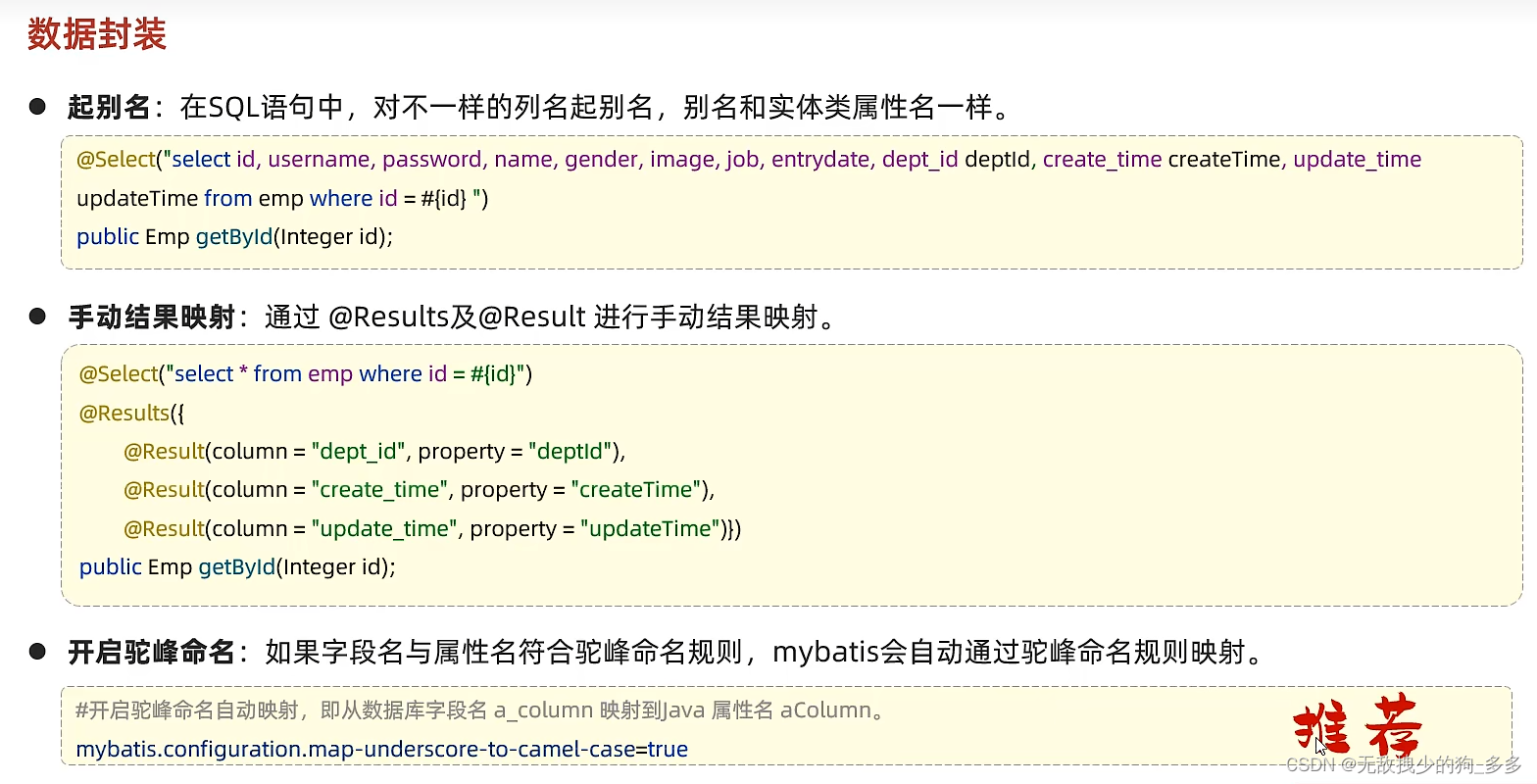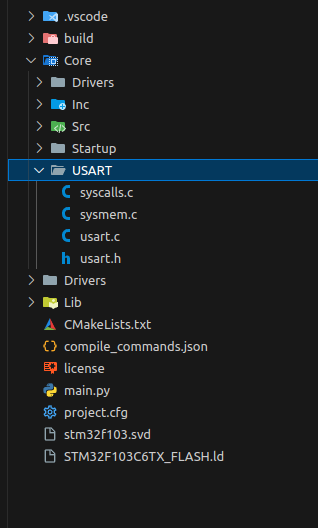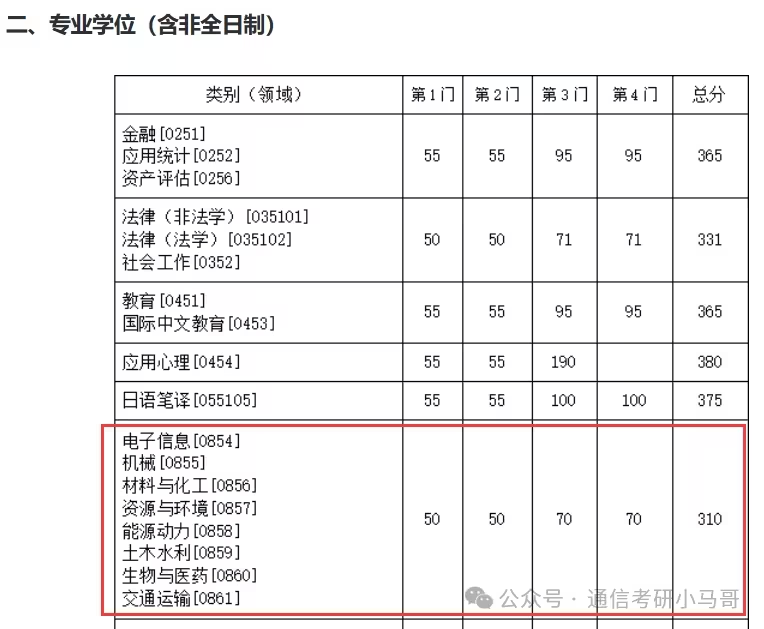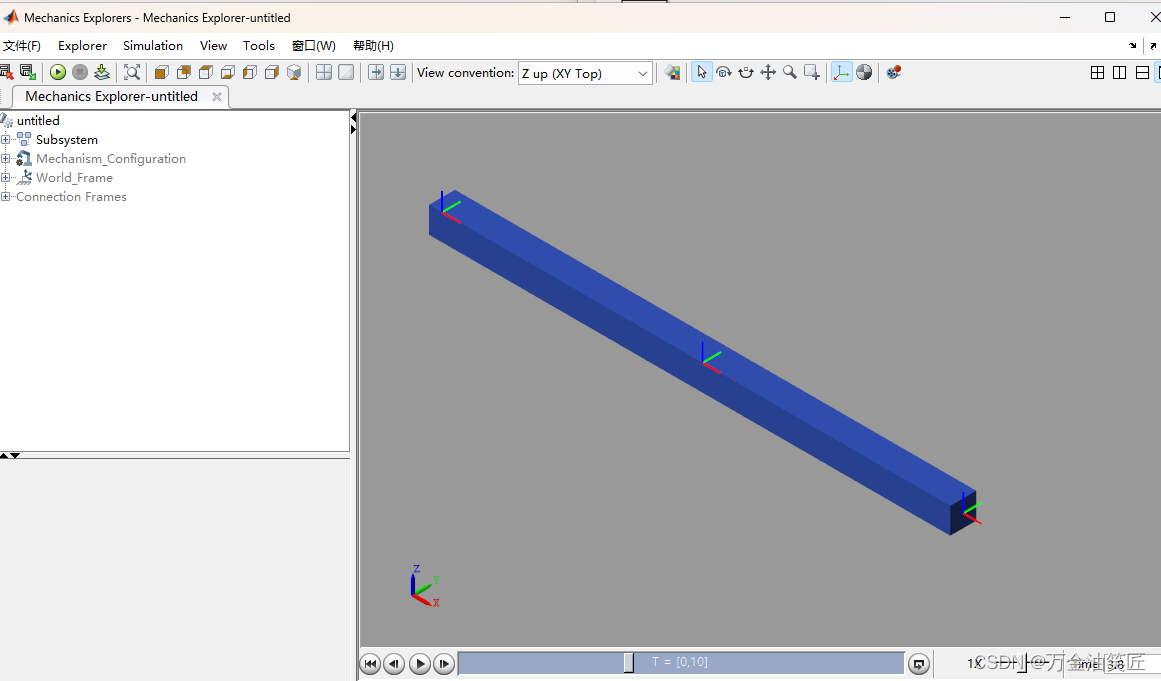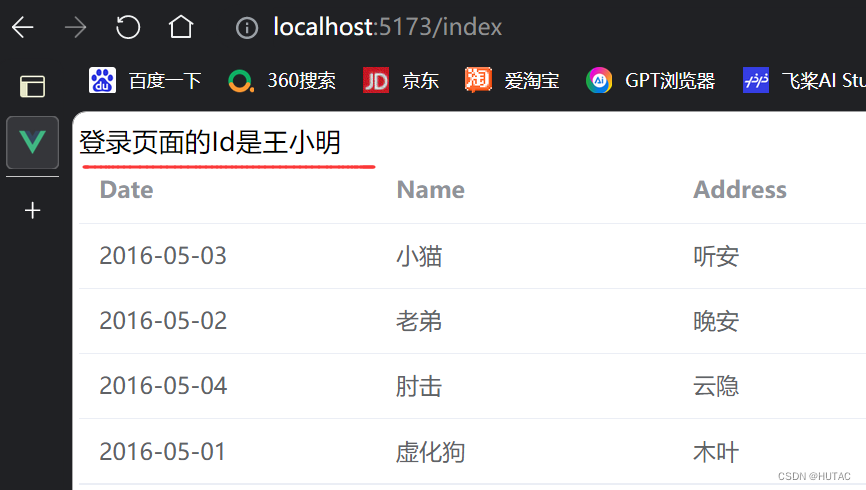详解pytorch中循环神经网络(RNN、LSTM、GRU)的维度
- RNN
- torch.nn.rnn详解
- RNN输入输出维度
- LSTM
- torch.nn.LSTM详解
- LSTM输入输出维度
- GRU
- torch.nn.GRU详解
- GRU输入输出维度
- 三种RNN的示例
首先如果你对RNN、LSTM、GRU不太熟悉,可点击查看。
RNN
torch.nn.rnn详解
torch.nn.RNN(input_size,
hidden_size,
num_layers=1,
nonlinearity=‘tanh’,
bias=True,
batch_first=False,
dropout=0.0,
bidirectional=False,
device=None,
dtype=None)
原理:

参数详解:
-
input_size – 输入x中预期特征的数量
-
hidden_size – 隐藏状态h中的特征数量
-
num_layers – 循环层数。例如,设置num_layers=2 意味着将两个LSTM堆叠在一起形成堆叠 LSTM,第二个 LSTM 接收第一个 LSTM 的输出并计算最终结果。默认值:1
-
nonlinearity– 使用的非线性。可以是’tanh’或’relu’。默认:‘tanh’
-
bias– 如果False,则该层不使用偏差权重b_ih和b_hh。默认:True
-
batch_first – 如果,则输入和输出张量以(batch, seq, feature)True形式提供,而不是(seq, batch, feature)。请注意,这不适用于隐藏状态或单元状态。默认:False
-
dropout – 如果非零,则在除最后一层之外的每个LSTM层的输出上 引入Dropout层,dropout 概率等于 。默认值:0.0
-
bidirectional – 如果True, 则成为双向LSTM。默认:False
RNN输入输出维度
rnn = nn.RNN(10, 20, 2)
input = torch.randn(5, 3, 10)
h0 = torch.randn(2, 3, 20)
output, hn = rnn(input, h0)
可以看到输入是x和h_0,h_0可以是None。如果batch_size是第0维度,需设置batch_first=True。
输出则是output和h_n。h_n存了每一层的t时刻的隐藏状态值
# Efficient implementation equivalent to the following with bidirectional=False
def forward(x, h_0=None):
if batch_first:
x = x.transpose(0, 1)
seq_len, batch_size, _ = x.size()
if h_0 is None:
h_0 = torch.zeros(num_layers, batch_size, hidden_size)
...
return output, h_n
输入:
x的输入维度:(batch_size, sequence_length, input_size) [前提:batch_first=True]
h_0的维度:(D∗num_layers, hidden_size) [可以为None]
输出: output的输出维度:(batch_size, sequence_length, D*hidden_size)
[D=2 if bidirectional=True otherwise 1]
h_n的维度:(D∗num_layers, hidden_size)
LSTM
torch.nn.LSTM详解
torch.nn.LSTM(input_size,
hidden_size,
num_layers=1,
bias=True,
batch_first=False,
dropout=0.0,
bidirectional=False,
proj_size=0,
device=None,
dtype=None)
原理:
参数详解:
相比于RNN多了proj_size参数,少了nonlinearity参数
-
input_size – 输入x中预期特征的数量
-
hidden_size – 隐藏状态h中的特征数量
-
num_layers – 循环层数。例如,设置num_layers=2 意味着将两个LSTM堆叠在一起形成堆叠 LSTM,第二个 LSTM 接收第一个 LSTM 的输出并计算最终结果。默认值:1
-
bias– 如果False,则该层不使用偏差权重b_ih和b_hh。默认:True
-
batch_first – 如果,则输入和输出张量以(batch, seq, feature)True形式提供,而不是(seq, batch, feature)。请注意,这不适用于隐藏状态或单元状态。默认:False
-
dropout – 如果非零,则在除最后一层之外的每个LSTM层的输出上 引入Dropout层,dropout 概率等于 。默认值:0dropout
-
bidirectional – 如果True, 则成为双向LSTM。默认:False
-
proj_size – 如果,将使用具有相应大小投影的LSTM 。默认值:0
LSTM输入输出维度
LSTM= nn.LSTM(10, 20, 2)
input = torch.randn(5, 3, 10)
h0 = torch.randn(2, 3, 20)
c0 = torch.randn(2, 3, 20)
output, (hn, cn) = LSTM(input, (h0, c0))
输入是x,此外h_0和c_0可以是None。如果batch_size是第0维度,需设置batch_first=True。
输出则是output和一个元组(h_n, c_n)。
输入: x的输入维度:(batch_size, sequence_length, input_size)`
[前提:batch_first=True]
输出: output的输出维度:(batch_size, sequence_length, D*hidden_size)
[D=2 if bidirectional=True otherwise 1]
具体可参考官方文档:nn.LSTM
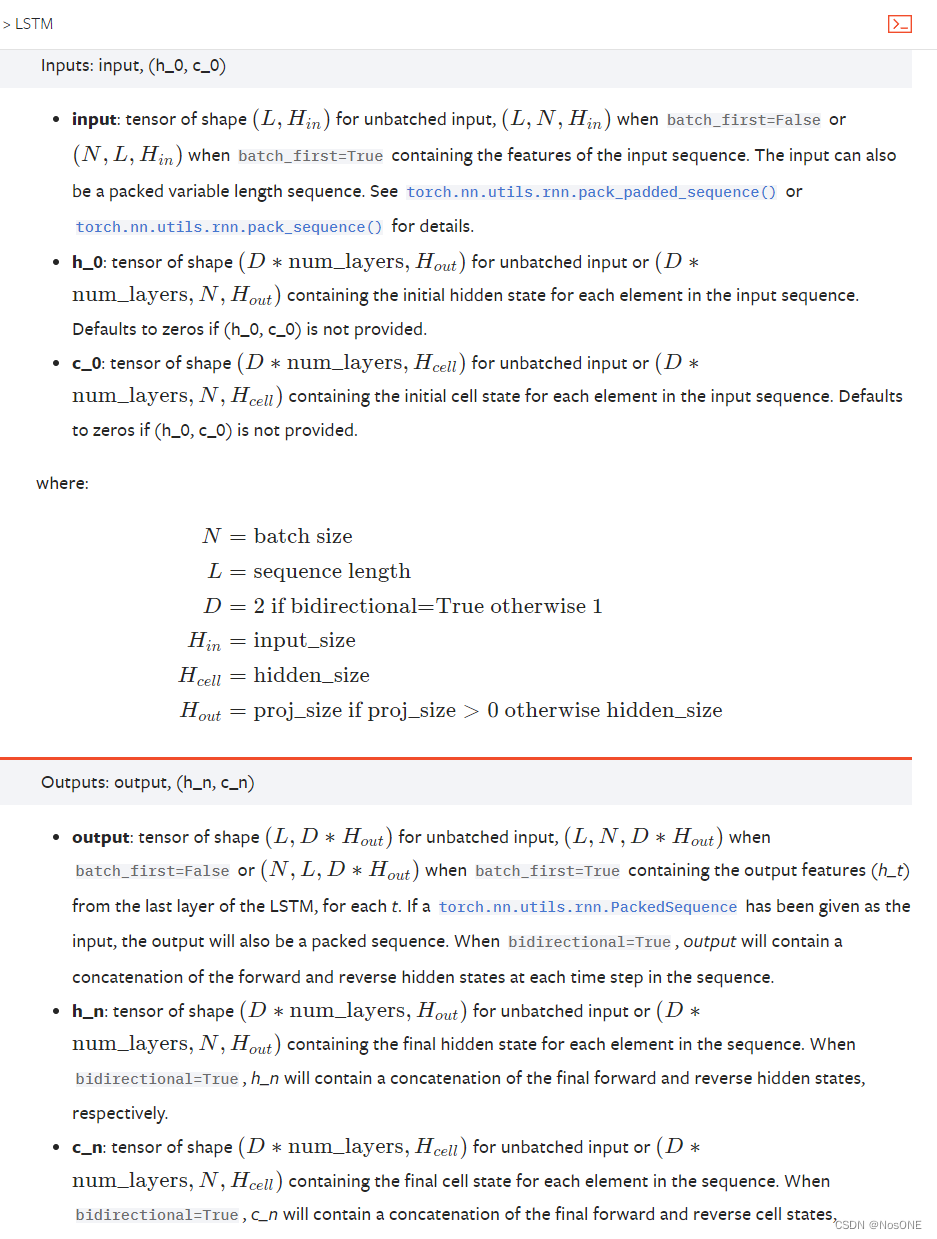
GRU
torch.nn.GRU详解
torch.nn.GRU(input_size,
hidden_size,
num_layers=1,
bias=True,
batch_first=False,
dropout=0.0,
bidirectional=False,
device=None,
dtype=None)
原理:

参数详解:
与上文LSTM相比,缺少了proj_size参数,与RNN相比也缺少了nonlinearity参数
GRU输入输出维度
gru= nn.GRU(10, 20, 2)
input = torch.randn(5, 3, 10)
h0 = torch.randn(2, 3, 20)
output, hn = gru(input, h0)
与RNN一致见上文,相比LSTM少了c_n
三种RNN的示例
import torch
import torch.nn as nn
rnn = nn.RNN(10, 20, 2, batch_first=True) # (input_size, hidden_size, num_layer)
lstm = nn.LSTM(10, 20, 2, batch_first=True)
gru = nn.GRU(10, 20, 2, batch_first=True)
input = torch.randn(5, 3, 10) # (batchsize, seq, input_size)
h0 = torch.randn(2, 3, 20)
c0 = torch.randn(2, 3, 20)
output_rnn, h_n = rnn(input)
output_lstm, (hn, cn) = lstm(input)
output_gru, h_n2 = gru(input)
print("输入维度:", input.shape)
print(f"RNN 输出维度:{output_rnn.shape}, h_n维度:{h_n.shape}" )
print("LSTM 输出维度:", output_lstm.shape)
print("GRU 输出维度:", output_gru.shape)
"""
输入维度: torch.Size([5, 3, 10])
RNN 输出维度:torch.Size([5, 3, 20]), h_n维度:torch.Size([2, 5, 20])
LSTM 输出维度: torch.Size([5, 3, 20])
GRU 输出维度: torch.Size([5, 3, 20])
"""
